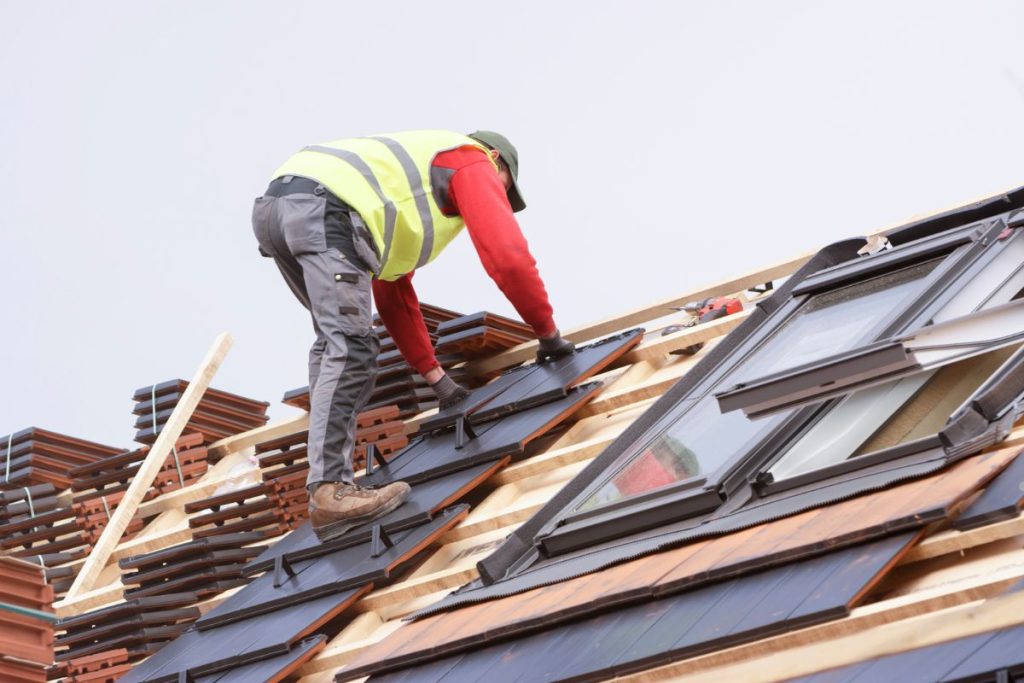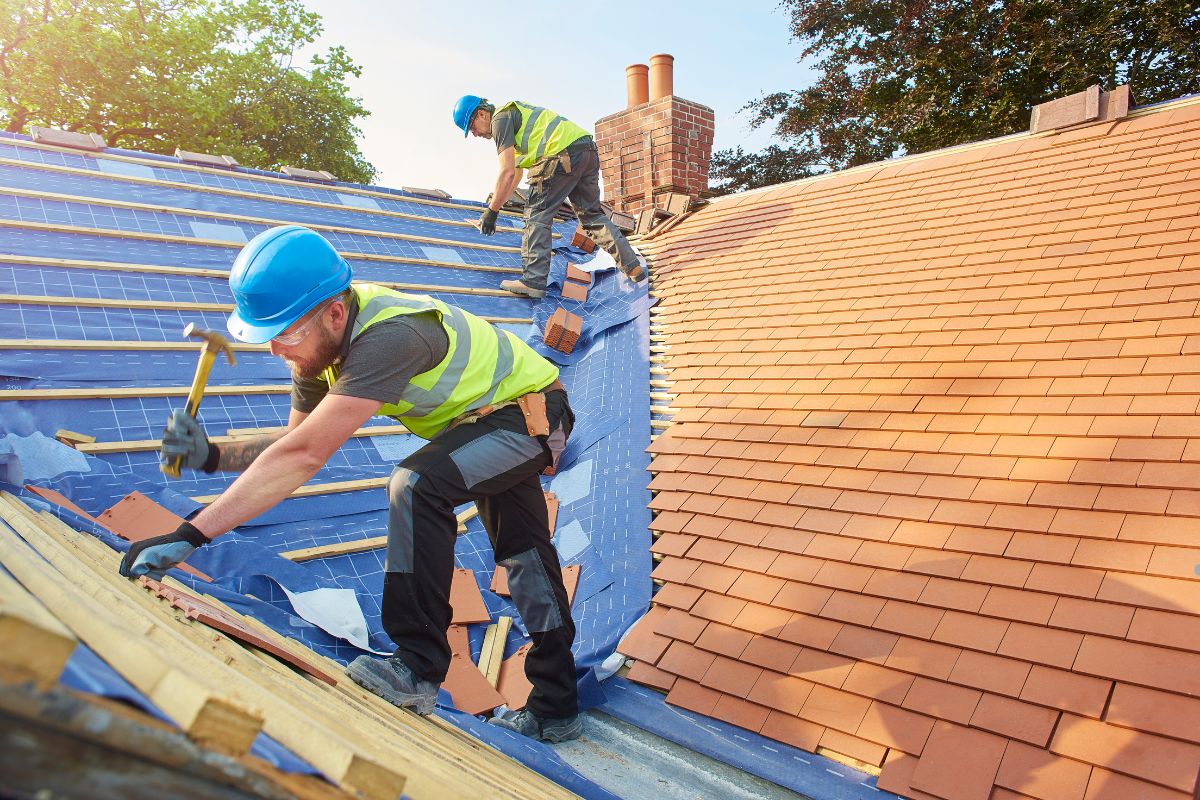
Choosing the right roofing system is a crucial decision for any property owner. Two popular options for flat or low-sloped roofs are PVC (Polyvinyl Chloride) and TPO (Thermoplastic Polyolefin). While both are single-ply membranes known for their durability and energy efficiency, they have distinct characteristics that make them suitable for different applications. The best choice depends on your specific needs, budget, climate, and long-term goals. This comprehensive guide will break down the key differences and similarities between PVC and TPO roofing to help you make an informed decision.
What is PVC Roofing?
PVC roofing is a single-ply membrane known for its exceptional durability, chemical resistance, and long lifespan. It’s a popular choice for commercial and industrial buildings, but also gaining traction in residential applications.
- PVC Roofing Composition: PVC is a thermoplastic polymer combined with plasticizers and stabilizers to create a flexible and durable roofing membrane.
- PVC Roofing Installation: PVC roofing is typically installed by heat-welding the seams together, creating a watertight and long-lasting seal. This process requires skilled technicians to ensure proper adhesion and prevent leaks.
What is TPO Roofing?

TPO roofing is another popular single-ply membrane celebrated for its affordability, energy efficiency, and ease of installation. It’s a versatile option suitable for a wide range of building types.
- TPO Roofing Composition: TPO is a blend of polypropylene and ethylene-propylene rubber. The exact composition varies between manufacturers, impacting its performance characteristics.
- TPO Roofing Installation: TPO roofing can be installed using various methods, including heat-welding, mechanical attachment, and adhesive bonding.
Need reliable roofing services? Whether it’s repairs, replacements, or new installations, we’ve got you covered! Quality workmanship at affordable rates. Call us now for a free estimate and protect your home with the best!
PVC vs. TPO: Key Differences & Similarities
Both PVC and TPO offer advantages, but understanding their differences is key:
- Material Composition: PVC is a well-established material with a consistent formulation, while TPO formulations can vary, affecting performance.
- Durability: PVC generally exhibits superior resistance to chemicals, punctures, and extreme weather conditions compared to TPO.
- Cost: TPO is typically less expensive than PVC, making it an attractive option for budget-conscious projects.
- Lifespan: PVC roofs often last longer than TPO roofs, with lifespans of 20-30+ years compared to 15-25 years for TPO.
- Energy Efficiency: Both are highly reflective and energy-efficient, reducing cooling costs in warm climates.
- Installation: TPO is often easier and faster to install, potentially lowering labor costs.
- Environmental Impact: TPO is often considered more environmentally friendly due to the absence of chlorine, a key component of PVC.
Discover our services for expert roofing solutions, including PVC and TPO installations, repairs, and maintenance tailored to your building’s needs.
Durability and Longevity
Durability is a critical factor in roofing decisions. PVC’s inherent chemical resistance and robust composition make it highly resistant to oil, grease, and acids, ideal for industrial environments. TPO, while durable, may be more susceptible to degradation from harsh chemicals. Both offer good resistance to UV radiation. Regular roof maintenance and inspections will help extend the lifespan of either roofing material.
Cost Comparison
TPO generally wins in upfront cost comparisons. Material costs are lower, and the simpler installation can save on labor. However, consider the long-term costs. PVC’s extended lifespan may result in lower life cycle costs due to fewer replacements. Get quotes for both systems, factoring in materials, labor, and potential maintenance expenses.
PVC vs. TPO Roofing: Which is Right for Your Building? Compare durability, energy efficiency, and suitability for your needs. Call us now for expert advice and guidance in choosing the best roofing solution for your property!
Energy Efficiency and Environmental Impact

Both PVC and TPO boast excellent reflectivity, reducing solar heat gain and lowering cooling costs. Darker colors will absorb more heat. TPO is often considered a greener option due to the absence of chlorine. Look for Energy Star-rated products for optimal energy efficiency.
Installation Process
Both PVC and TPO are single-ply membranes installed in large sheets. Proper installation is crucial for both. Heat-welding creates a strong, watertight seam. Mechanical attachment is another option. Choose an experienced contractor familiar with both materials.
Looking to tap into the rising demand for durable and cost-effective roofing solutions in Honolulu? Reselling TPO roofing can be a profitable business, but success requires strategic planning, knowledge of local regulations, and trusted suppliers. This guide covers everything you need to know before entering the TPO roofing reselling market. Learn more here.
Pros and Cons: PVC Roofing
Pros:
- Exceptional durability
- Long lifespan
- Excellent chemical resistance
- Watertight heat-welded seams
Cons:
- Higher upfront cost
- More complex installation
Pros and Cons: TPO Roofing
Pros:
- Lower upfront cost
- Relatively easy installation
- Energy efficient
- Environmentally friendly (chlorine-free)
Cons:
- Potentially shorter lifespan than PVC
- Varying formulations can affect performance
- Less chemical resistance than PVC
Which Roofing System is Right for You?
- Climate Considerations: In areas with extreme weather or industrial pollution, PVC’s superior durability may be advantageous.
- Building Type: For commercial buildings requiring long-lasting protection, PVC is a solid choice. TPO is suitable for a wider range of buildings, including residential.
- Budget: TPO is the more budget-friendly option.
FAQs
PVC vs. TPO Roofing
How long does PVC roofing last?
PVC roofing can last 20-30+ years with proper maintenance.
How long does TPO roofing last?
TPO roofing typically lasts 15-25 years.
Is PVC or TPO more expensive?
PVC is generally more expensive than TPO.
Which roofing material is more environmentally friendly?
TPO is often considered more environmentally friendly.
Can I install PVC or TPO roofing myself?
Professional installation is highly recommended for both.
How do I find a qualified PVC or TPO roofing contractor?
Look for contractors with experience, certifications, and positive reviews.
What are the signs that my PVC or TPO roof needs repair?
Leaks, punctures, and membrane degradation are signs of potential problems.
Conclusion
Choosing between PVC and TPO roofing involves weighing various factors. PVC offers superior durability and a longer lifespan, while TPO provides a more budget-friendly and environmentally conscious option. Assess your needs, consider your budget, and consult with a qualified roofing contractor to determine the best roofing system for your building.
Protect your home with expert roofing services! From repairs to installations, we ensure durability and quality. Get a free estimate today. Contact us now. Reliable, affordable, and built to last!
